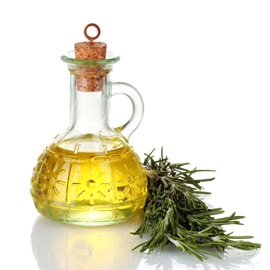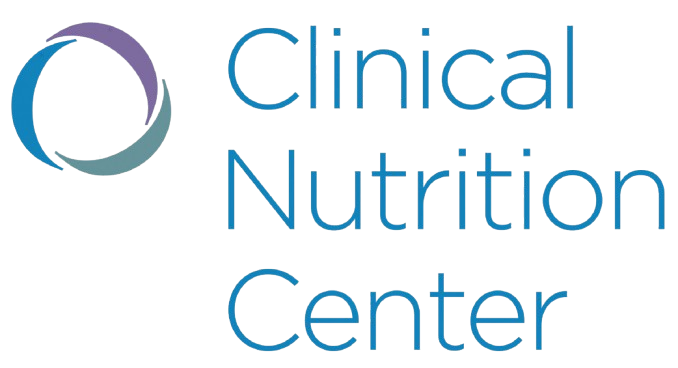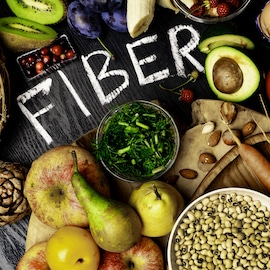
Good Fats and Bad Fats
All fat is not created equal. There are good fats that your body needs for proper cell function and to protect your organs, and there are bad fats that can raise your cholesterol, contribute to obesity, and increase your risk for disease. How do you know which is which?
 All fat is not created equal. There are good fats that your body needs for proper cell function and to protect your organs, and there are bad fats that can raise your cholesterol, contribute to obesity, and increase your risk for disease. How do you know which is which?
All fat is not created equal. There are good fats that your body needs for proper cell function and to protect your organs, and there are bad fats that can raise your cholesterol, contribute to obesity, and increase your risk for disease. How do you know which is which?
Good Fats
Unsaturated fats are actually good for you in moderation. Monounsaturated fats and polyunsaturated fats, which include Omega-3 fatty acids, can help reduce your risk for heart disease without adding inches to your waist.
These types of fats can be found in many whole oils, nuts, vegetables and fish:
- Monounsaturated fat: Certain oils, including peanut, olive, and canola oils, as well as avocados, seeds and nuts.
- Polyunsaturated fat: Certain oils, including safflower, corn, sunflower, soy, and cottonseed oils, as well as seeds and nuts.
- Omega-3 fatty acids (a type of polyunsaturated fat): Certain fish, including salmon, mackerel, and herring, flaxseeds, flax oil and walnuts.
Bad Fats
On the other hand, saturated fats and trans fats can increase your risk for heart disease and should be avoided as much as possible. Trans fat is especially dangerous for your body. Processed and fast foods are notorious for being loaded with saturated and trans fats that clog your arteries and blood vessels. If you want to avoid the bad fats and eat a healthy diet, you’ll need to do more than simply stay away from the drive-thru lane.
These fats are commonly found in animal products and processed foods:
- Saturated fat: This type of fat is commonly found in animal products, including meat, poultry, seafood, eggs, dairy products, lard, and butter. It is also found in coconut, palm, and other tropical oils.
- Trans fat: This fat is often listed on nutrition labels as “partially hydrogenated vegetable oil.” It is found in commercial baked goods (such as crackers, cookies and cakes), fried foods (such as doughnuts and French fries), shortening and margarine.
In addition to choosing healthy whole foods that are low in “bad” fats, use nutrition labels to help you identify the right fats. The FDA requires that labels show you the total fat count, which includes saturated and trans fats.
If you are going to eat an item with fat in it, do your best to make it mono- or poly-unsaturated fat and stay away from saturated and trans fats as much as possible.




